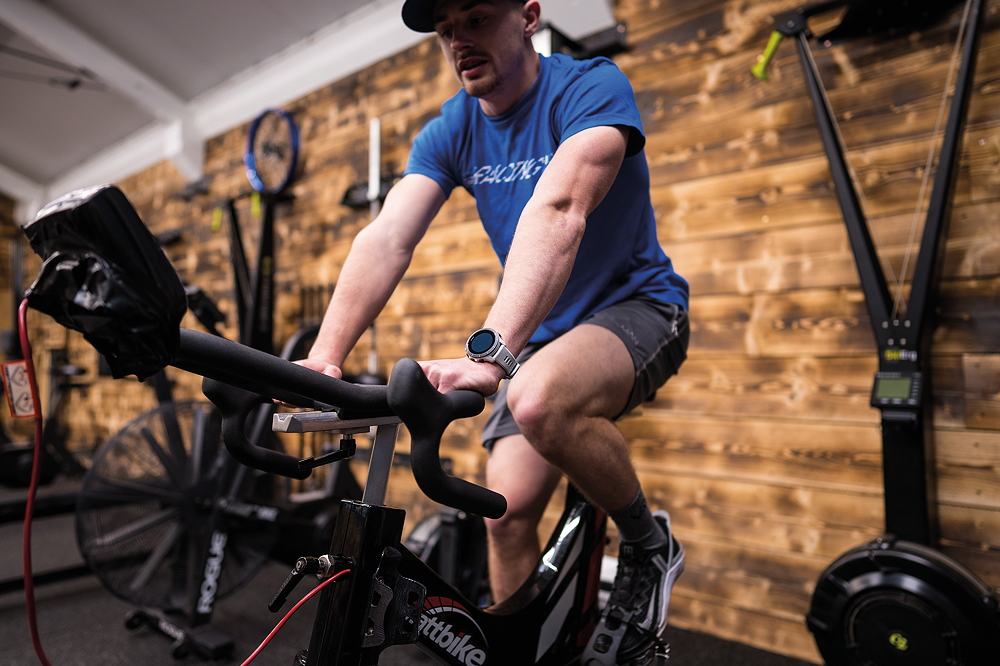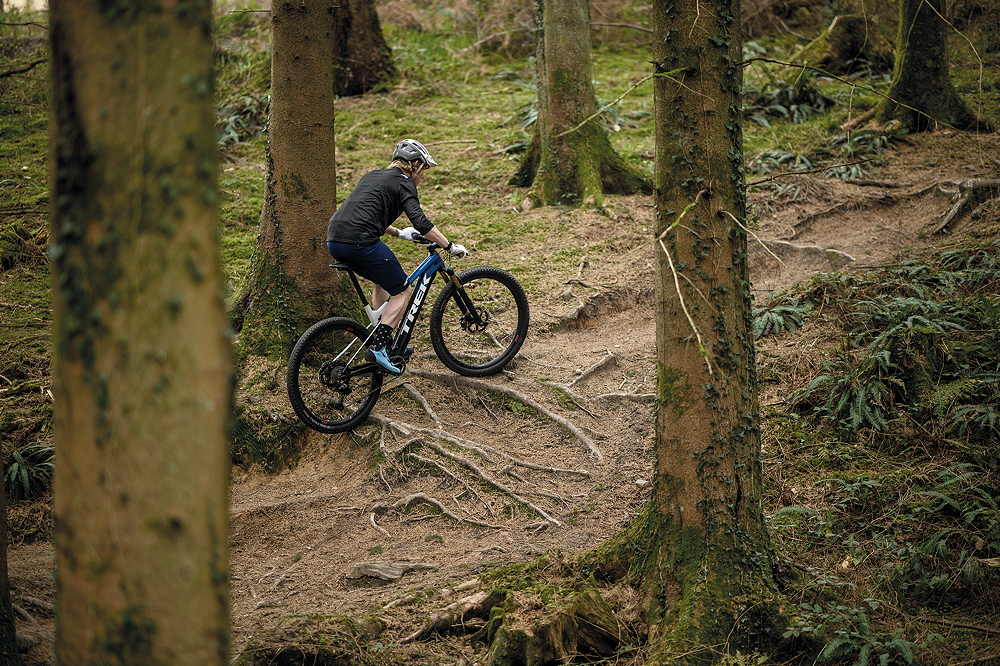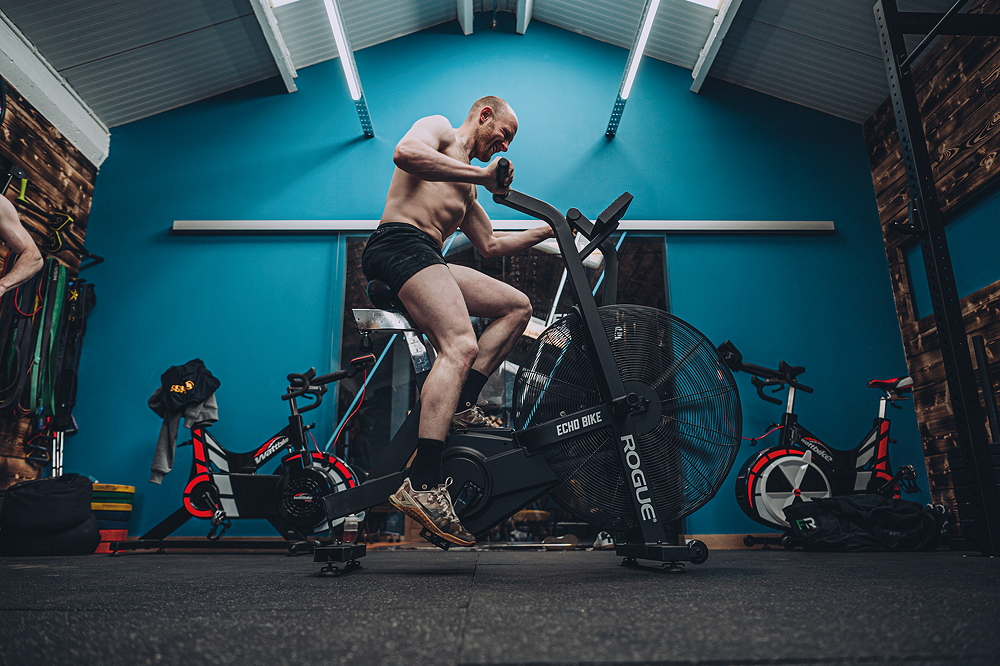Getting stronger is a means and not an end so keep your ego in check
.
We’ve all done it. You start training and the early gains come fast and easy. You see the weight on the bar increase session to session and before you know it a double bodyweight deadlift becomes the main goal. Now you’re chasing numbers; weight on the bar or reps, when the original reason for going to the gym was to improve your mountain bike fitness, not become a powerlifter. And it’s an easy mistake to make. Yes, having a bigger deadlift or squat is a great way to improve overall strength, but chasing numbers leads to too much time under the bar which can have a negative impact on your riding, not least because if you spend more time training, you’ll spend less time on the bike. Here’s what you need to do instead.

1. Have a solid plan and stick to it
Set a goal to achieve training benchmarks you know will help your riding – metrics such as weights on key lifts (squat, deadlift, press, etc); Wattbike FTP or similar; a specific number of pull-ups (or any at all) and mobility benchmarks. Once you achieve those you can move to more specific exercises to help build weak areas you have identified along the way while maintaining your new baseline of fitness. Your riding goals may change during this growth period too and with them your training goals can adapt, which is fine. But remember, increasing your fitness further comes with diminished returns so you must balance the time it takes to improve versus the returns you get from your efforts.

2. Continue riding
You are going to the gym to become a better rider, but avoid the mistake of thinking you’ll achieve that just by spending more time in the gym, especially if it eats into your bike time. Being bike-fit isn’t just about increasing your ‘on-paper fitness’, so reverse engineering yourself with time in the gym may increase your recordable metrics, but it won’t help with some of the other, more specific demands of riding, like the improvements you can make in skills and confidence on the bike.
3. Be honest with yourself
You may identify as a mountain biker, however, you may also want to look great, love socialising in a fitness environment, or simply like the way exercise off the bike makes you feel. Chose the combinations of activities you love and that make you happy. For most people, the cross-over of any physical activities will help all disciplines in the beginning, but be comfortable knowing that if you truly are dedicated to mountain biking, you won’t be a record-breaking Olympic weightlifter or a marathon runner.
4. Avoid bad advice
Mountain biking is unique in its physical demands, so it can be difficult for coaches outside of the industry to understand how to train well for it. Many trainers will give you advice that matches their own experience – be it bodybuilding, endurance training, CrossFit – but fail to see outside their realm of knowledge, so you could be missing out on aspects of training that would help you improve as a rider. This can be even more problematic when you are taking advice from ‘friends’ whose influence on you is out of all proportion to their experience. Seek experienced trainers/coaches who understand what you need. If they don’t, tell them what your goals are rather than blindly following theirs.

5. If in doubt, don’t specialise
It is easy to fall into the trap of finding a form of training that works well and absolutely blasting it, believing the initial improvements you’ve been making will continue. Invariably, they won’t. Let’s use an indoor trainer as an example, something like Zwift. You might really enjoy the accessibility, competition and initial improvements you make, but eventually those returns will plateau and you won’t see the progress you saw at the beginning. Even worse, you’ll likely pick up overuse injuries or imbalances by sticking to a single modality training method while neglecting strength, mobility and function. Mountain biking demands so much of your entire body – balance, flexibility, endurance, strength, coordination and power – that you really need to keep your training broad and general by focusing on quality movement in varied domains. This will help keep it fun too.
Your coach
 Jonny Thompson is head coach for Fit4Racing, an online fitness programme for mtb riders. Once a forensic scientist, Jonny has devoted the last 10 years to coaching athletes from Paralympians to world number one enduro racers. His main focus with the Fit4Racing team is developing and delivering fitness programmes to pro and amateur riders.
Jonny Thompson is head coach for Fit4Racing, an online fitness programme for mtb riders. Once a forensic scientist, Jonny has devoted the last 10 years to coaching athletes from Paralympians to world number one enduro racers. His main focus with the Fit4Racing team is developing and delivering fitness programmes to pro and amateur riders.
Training the likes of Adam Brayton, Jonny also sends digital programmes to riders all over the world, many of whom ride professionally.




